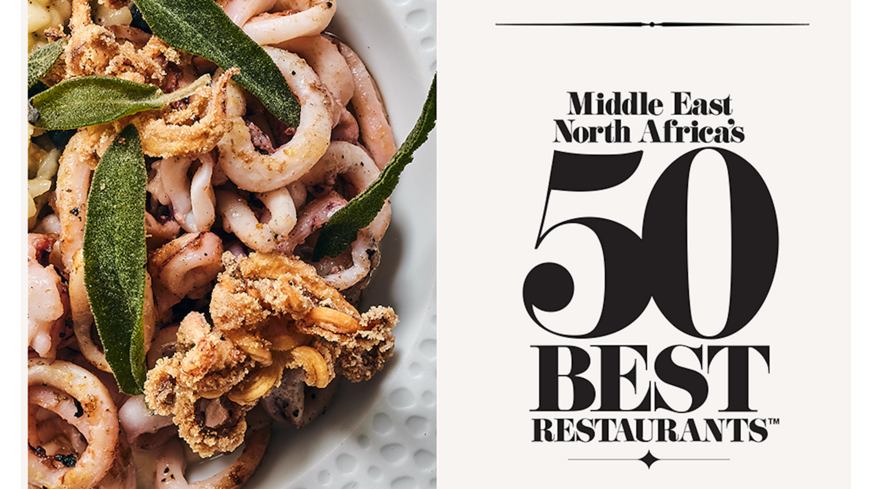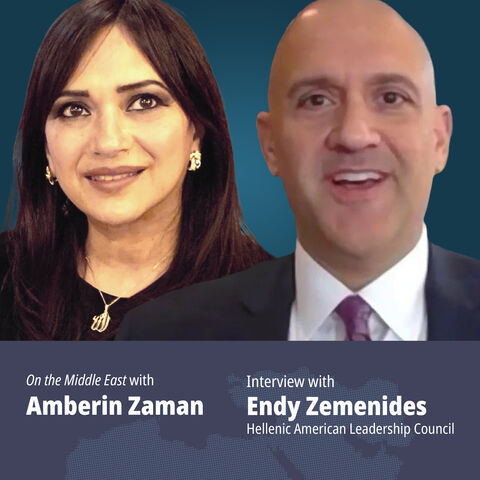A list of the top restaurants in the Middle East and North Africa was released on Monday with restaurants from the UAE, Israel and Jordan grabbing top spots on the list.
The World's 50 Best Restaurants is produced by the British magazine publisher William Reed. This is the second year they have produced a list of the top restaurants in the region.
Dubai’s Orfali Bros Bistro is No. 1. The restaurant was founded by three Syrian brothers from Aleppo. The menu is heavily influenced by Levantine food but also incorporates Spanish, Asian and other elements.
Tresind Studio, also in Dubai, was No. 2. Tresind is notably the only Indian restaurant in Dubai to have a Michelin star.
Actually, six out of the top 10 restaurants are from Dubai, compared to three from Abu Dhabi. The others to crack the top 10 were Manama’s Fusions by Tala, Tel Aviv’s George & John, Amman’s Fakhreldin and Cairo’s Zooba.
Abu Dhabi's Department of Culture and Tourism is one of 50 Best Restaurants' partners.
Tel Aviv has six restaurants on the list. George & John serves Middle Eastern cuisine and is located in the picturesque Drisco Hotel.
There were also six restaurants from Amman. Some of them, like Fakhreldin, serve traditional Levantine cuisine. Shams El Balad, which has a fully vegetarian menu of hot and cold dishes, is No. 29.
Three Beirut restaurants made the list — all of them in the top 20. Baron was ranked 16th. Located in the predominantly Christian neighborhood of Mar Mikhael, Baron interestingly serves some pork dishes. Pork is uncommon in the rest of the Middle East due to Islamic dietary restrictions as well as Jewish dietary restrictions in Israel.
Cairo had four restaurants in the top 50, while Manama had three. There were also restaurants from Giza, Riyadh, Marrakech, Casablanca, Tunis, Kuwait City and Salmiya.
There were some notable omissions from the list. No restaurants from Istanbul made the cut, though it is possible the website considered the city part of Europe. There were also no inclusions from Damascus, Baghdad, Jerusalem and some of the other major cities of the region.
The list focused on fancier, expensive restaurants, and readers will not find their favorite falafel spots on it. For example, the Amman restaurants are located in the city’s relatively well-off western section. Downtown Amman’s famed Hashem, which serves traditional Jordanian dishes and is relatively cheap, was not on the list.
The ranking at times eschewed countries' national cuisines in favor of restaurants with foreign menus. La Closerie in Tunis made the list, for example, and this restaurant serves Italian food as opposed to Tunisian.
Some of the restaurants are themselves going against tradition. For example, Tel Aviv’s HaBasta, ranked 48th, is not kosher and serves shellfish. Jewish law traditionally forbids eating fish that do not have scales and fins. Such restaurants are not uncommon in Tel Aviv.







